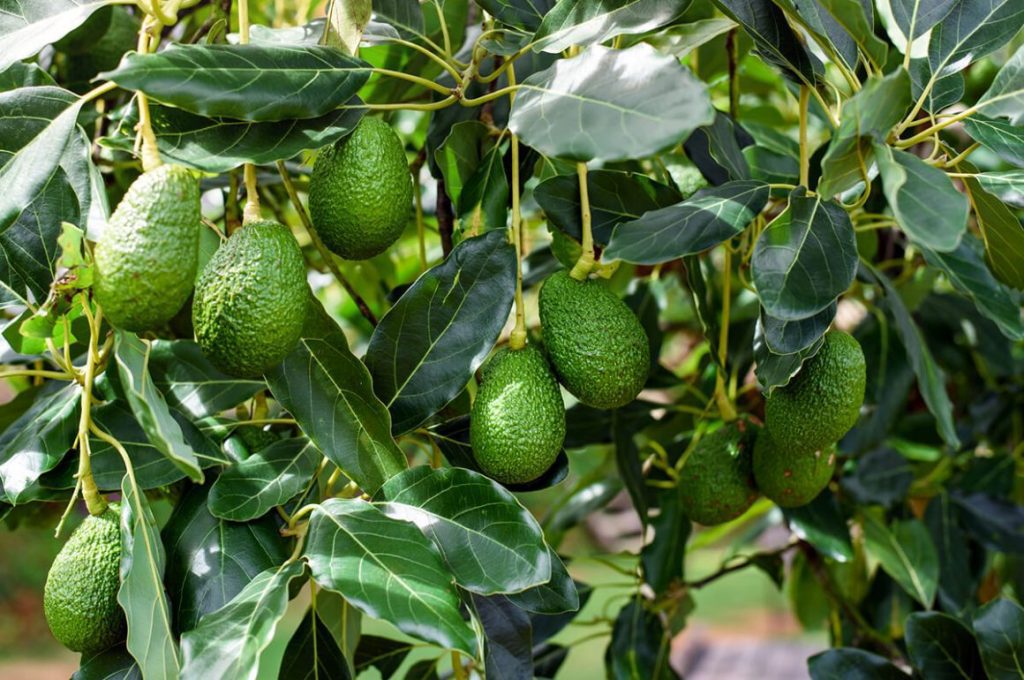Morocco’s climate has proven ideal for growing avocados, with the fruit’s popularity and high market prices driving exports higher each year. The country has become an important player in the global avocado market since the fruit was introduced there.
Mohamed Lakchouch owns a 10-hectare avocado farm in Larache, located in northwestern Morocco. He grows about 5,000 avocado trees, with three varieties: Hass, Fuerté, and Zutano. The Hass variety makes up 80% of his farm. This year, Lakchouch produced 90 tons of Hass avocados, a 30% increase compared to the last three years.
However, Lakchouch is aware that avocados need a lot of water. He explains, “Each avocado tree can use around 30 liters per hour, but this amount can change depending on the season. Sometimes we only use 15 liters per hour, and other times it can reach 60 liters.” He also notes that extreme temperatures and wind can cause serious damage to avocado trees, as they are very sensitive.
To conserve water, Lakchouch uses an irrigation system with sensors that help reduce waste.
Abdellah Elyamlahi, the president of the Moroccan Association of Avocado Exporters, says that Morocco’s northern regions have good water reserves, which have helped boost farming. “The northern region has rainfall and significant water reserves, unlike southern Morocco,” he says. “About 20% of the increase in production is due to the growth of farms.”
Morocco has recently faced a severe drought, with less rainfall and higher temperatures, especially in summer. This has lowered water levels in dams and affected the water table. Despite these challenges, Morocco’s avocado industry has remained resilient.
Mustapha Laissate, an environment researcher in Rabat, stresses the importance of regulating farms to ensure they are not located in water-scarce areas.
He explains that the government has developed a plan to deal with water shortages. He adds, “It’s important to grow water-demanding crops like avocados in areas with plenty of water, like the Loukkos Basin and the Gharb region, and avoid placing them in areas where drinking water or livestock need priority.”
Lakchouch has seen an increase in production on his farm as his trees have matured. “When the trees are young, they produce less. So, it’s normal for production to go up each year as they grow. Other factors also help, like having the right climate, without extreme heat, cold, or wind.”
Across the country, avocado production could reach 60,000 tons this season, according to Elyamlahi. Last year, the total production was around 40,000 tons, with 90% being Hass avocados.
Almost all of Morocco’s avocado crop is exported. Initially, they exported mainly to Spain, but now other countries, including Italy, Portugal, the Netherlands, Belgium, Germany, and Russia, import Moroccan avocados.
However, two-thirds of this year’s avocado harvest doesn’t yet have buyers, and some export units have had to close.
Elyamlahi explains that this year’s avocados are smaller, and there’s more competition in the international market for larger fruit. Morocco is used to exporting bigger avocados.
“There’s a problem that comes with increased production, and that’s the small size of the fruit,” Elyamlahi says. “When the tree is full of fruit, the size gets smaller, and that has hurt marketing, especially since many other countries are also selling similarly sized avocados to Europe, Morocco’s main market.”
Elyamlahi warns that the avocado industry faces real risks. “If the large quantities of avocados still in Morocco aren’t sold, prices will drop, and we might not be able to export them at all or only at low prices. That’s not sustainable.”























